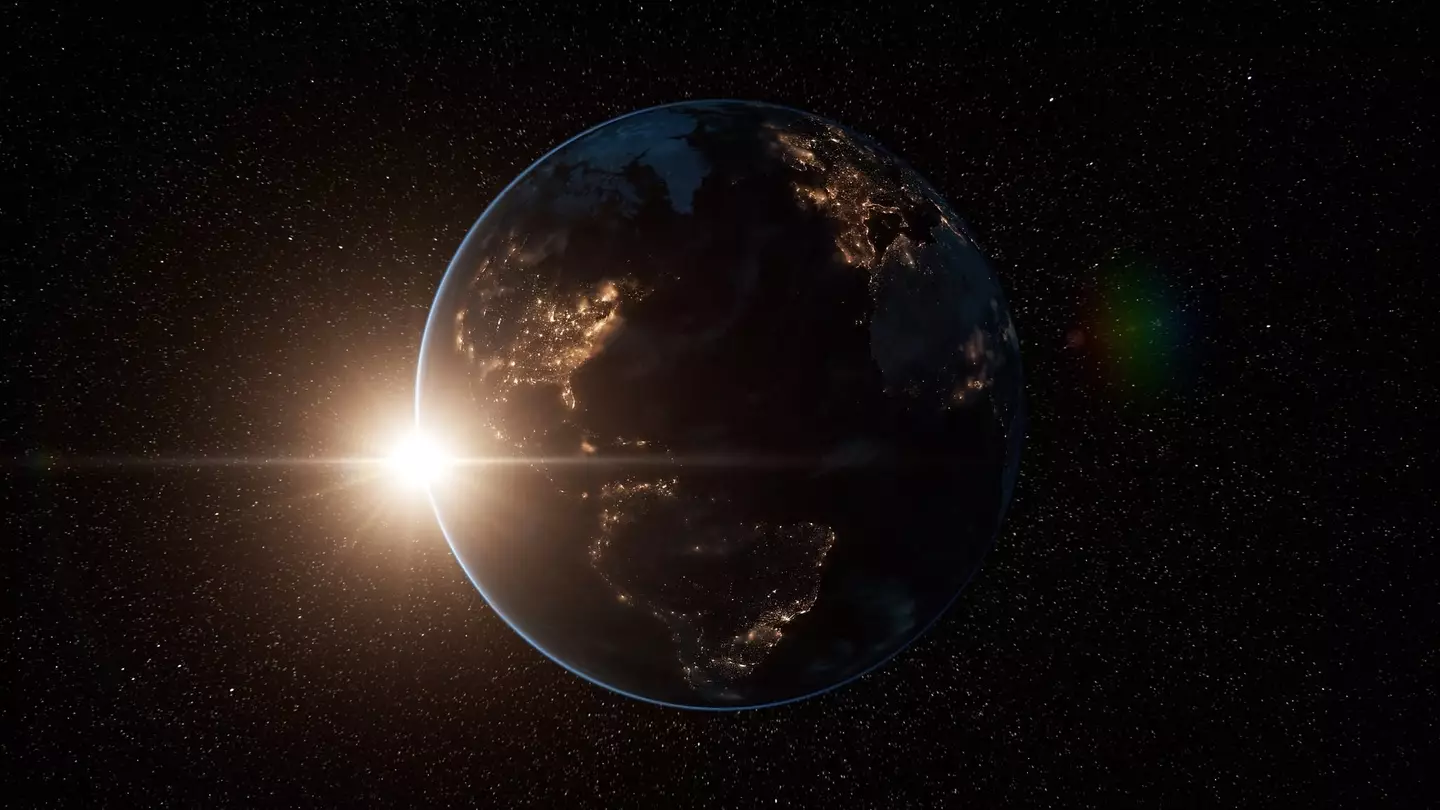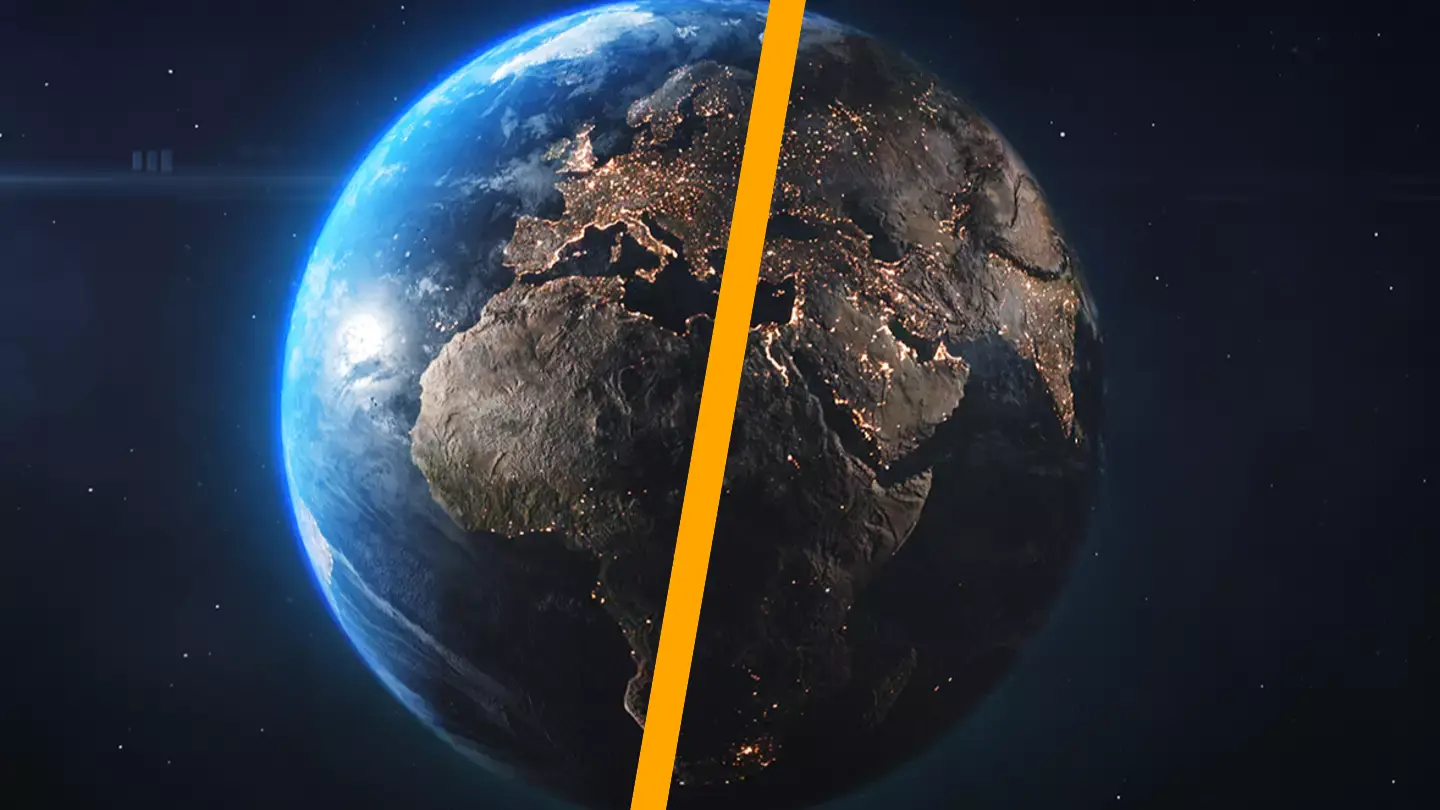You might be curious about when the longest day on Earth occurs. Interestingly, it’s always ‘today’. Here’s the explanation.
Earth is a peculiar place, and it can be puzzling to understand some of the scientific phenomena that don’t seem intuitive.
With numerous mysteries out there, it’s refreshing to have some clarity on at least one thing.
So, let’s explore why every day on Earth gradually becomes the longest day.
You may be wondering why this is the case, but the reasoning is relatively straightforward.

Disregard the adjustments for daylight saving or any alerts on your phone’s calendar about the longest or shortest day—they aren’t accurate.
The Moon plays a significant role in this. Its gravitational pull greatly influences our planet.
In particular, the Moon affects our ‘tides’, the regular rise and fall of sea levels.
Tides fluctuate based on which side of the Earth faces the Moon, creating a tidal bulge when it’s nearest.
While Earth completes a rotation on its axis every 24 hours, the Moon orbits Earth approximately every 27.5 days.
Due to this difference in rotation speeds, the tidal bulge leads the Moon slightly because Earth spins faster, causing the Moon to accelerate as it’s drawn closer.
This interaction causes the Moon to drain some of Earth’s rotational energy, resulting in a minor slowdown.

This deceleration leads to a longer day, by about 0.0023 seconds every 100 years.
Or, 0.0018 seconds, depending on the source.
As stated by the Guinness World Records: “The rate at which the Earth rotates is gradually slowing owing to a process called tidal friction as well as a phenomenon known as core-mantle coupling.
“These forces extend the length of a day by 0.0018 seconds (1.8 milliseconds) every century. That means that the longest day ever is always today, albeit by only an imperceptible increment.”
Thus, each day is incrementally longer.
In 1900, a day was precisely 24 hours. However, astronomical observations reveal that early in the 21st century, a day is approximately 24 hours and 0.002 seconds.
Since each day slightly exceeds 24 hours, an additional second, known as a leap second, is occasionally added to align the time we observe with Earth’s rotation.
These leap seconds are typically added just before midnight on June 30 or December 31, a practice first implemented on June 30, 1972.
It’s somewhat surprising to learn this after spending years on Earth, but it’s fascinating as well.
In several thousand years, future generations will enjoy longer days, allowing them more time to engage in various activities.

